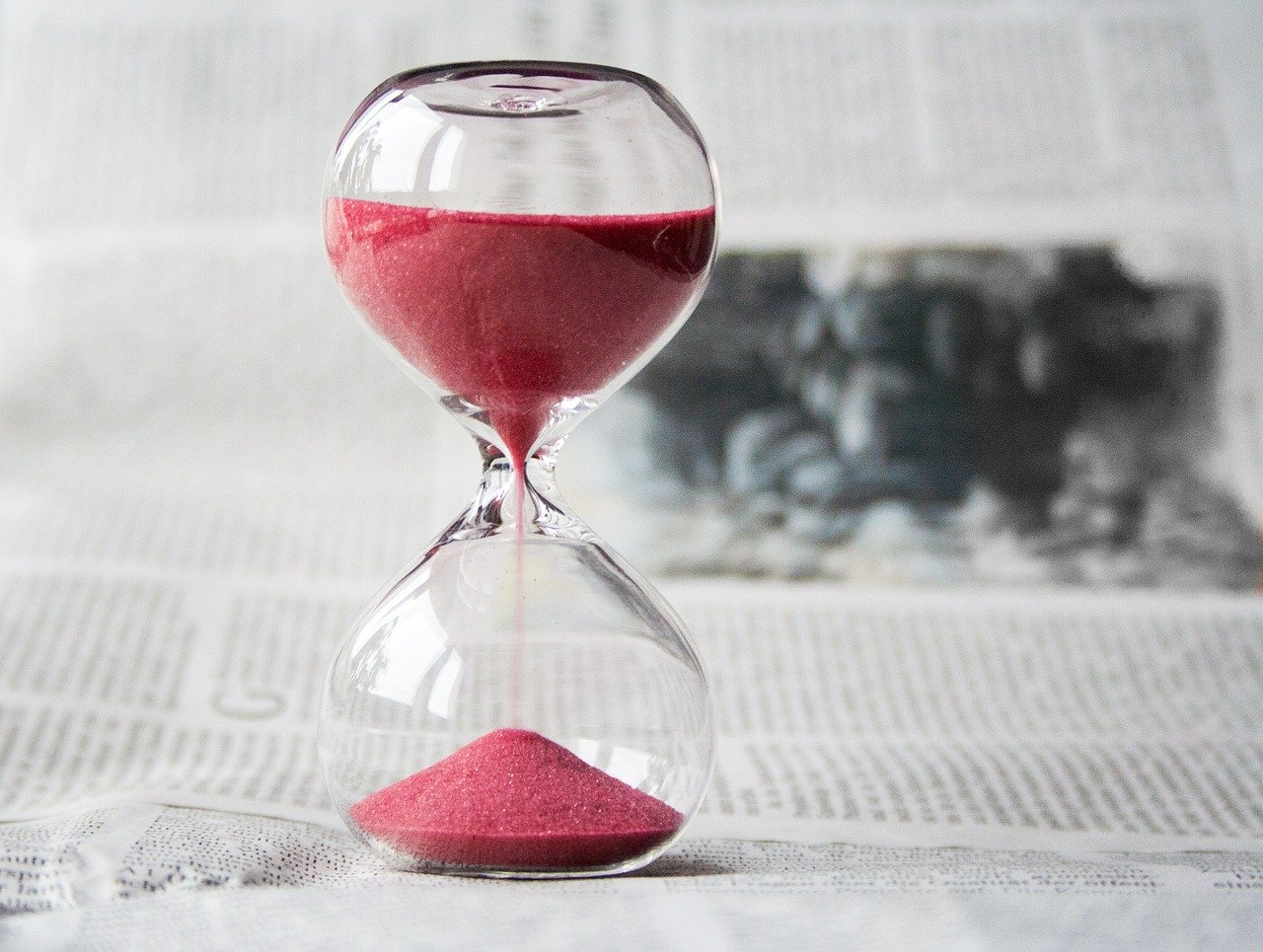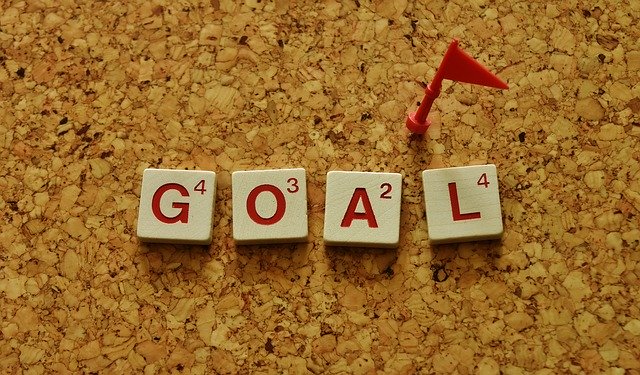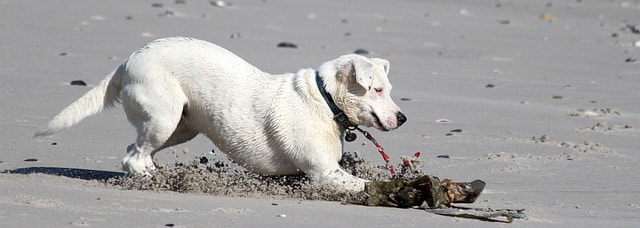Even as the great re-entry begins, we’re all realizing that the way we do business will have to change. Probably forever. So how do you create those close ties to customers that have been proven to result in greater lifetime customer value, more referrals, and less push, more pull marketing efforts? How can you get that close to customers, from a distance?
First, you need to really reach out and understand what’s happening with your customers now. All bets are off. Any assumptions you had in the pre-pandemic days are gone. You might actually be at an advantage if you’re starting a new business – you won’t have to dismantle any old habits. But let’s assume you’ve had good customer relationships thus far. I hope you’ve stayed in contact during the quarantine, distancing, and slowdowns that have occurred. Whether you’ve decided to stop, start, continue, or change your marketing tactics and relationship approach, you need to validate. That’s not so easy if you can’t see customers in person, or as often, as you used to. (Partner Steve Willson has some excellent tips in this video, though. We hope you’ll like, share, and subscribe to the whole series).
After you’ve got the lay of the land, there are four things you need to think about:
- Is there someone I can refer to those customers, to show them I’m putting them first?
- How can I give those customers what they want, or solve a problem for them, before I talk about me?
- How can I reward the ones who have already purchased during this crazy time we’ve been going through, even if their own businesses or incomes were suffering?
- Who is in their network who could become a customer, if I can encourage them to give me a referral?
Just this morning, I was discussing with a client of mine, what changes they want to make in their business, and that the time is now. When everything is shifting, there’s no better time to make the changes you’ve known need to be made. Keep thinking about your customer first while you do it. (If you want to dig deeper into customer service, we highly recommend reading Shep Hyken’s Cult of the Customer). If we didn’t have customers, we wouldn’t have businesses.
I’m Megann Willson, and I’m one of the Partners here at PANOPTIKA. We work with our clients to help them see everything they need to know to make better business decisions. You can also find us on Twitter, Facebook, or LinkedIn. And if you’d like to receive timely ideas and tips to help you find, understand, and engage customers, sign up for news you can use with the orange button.











